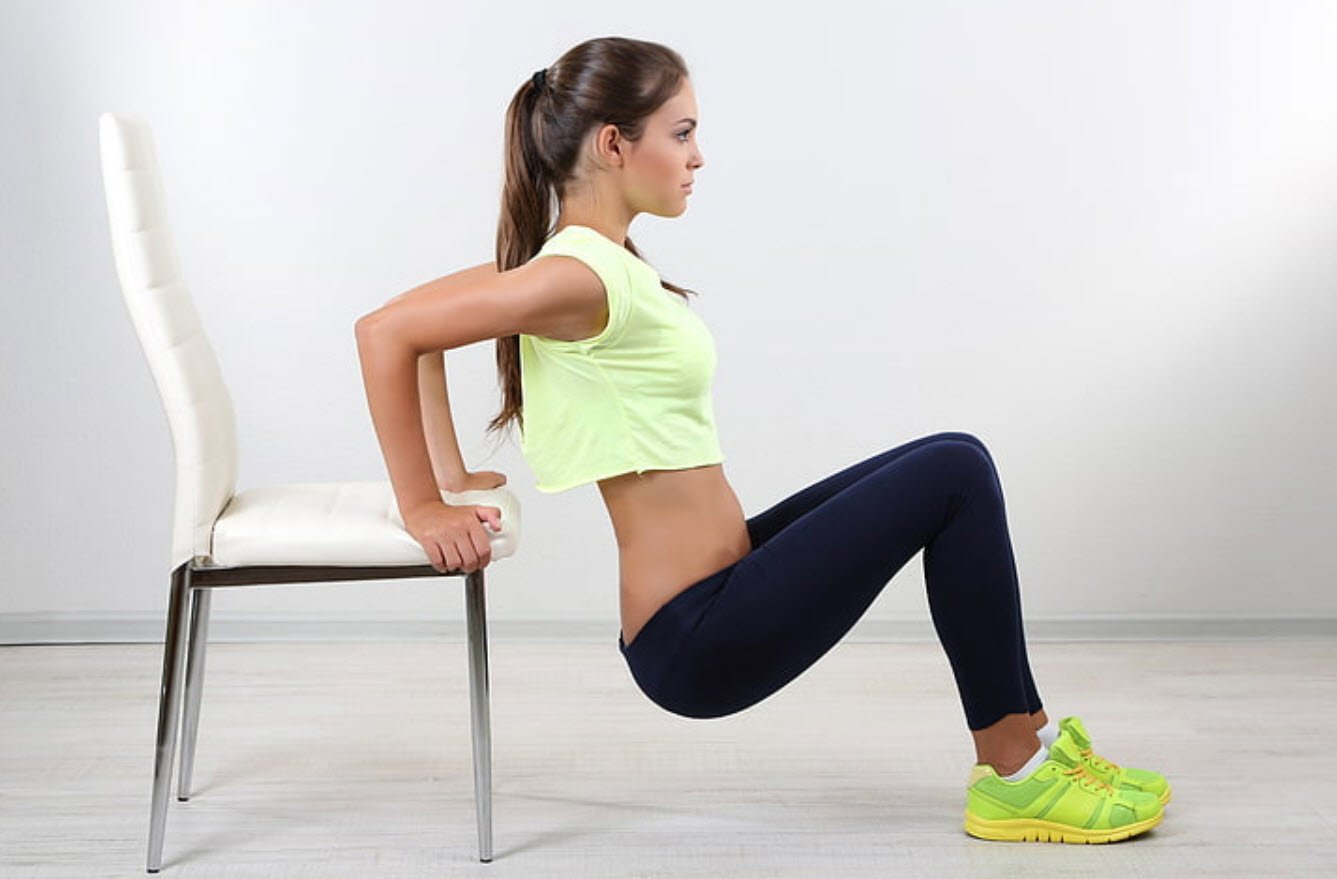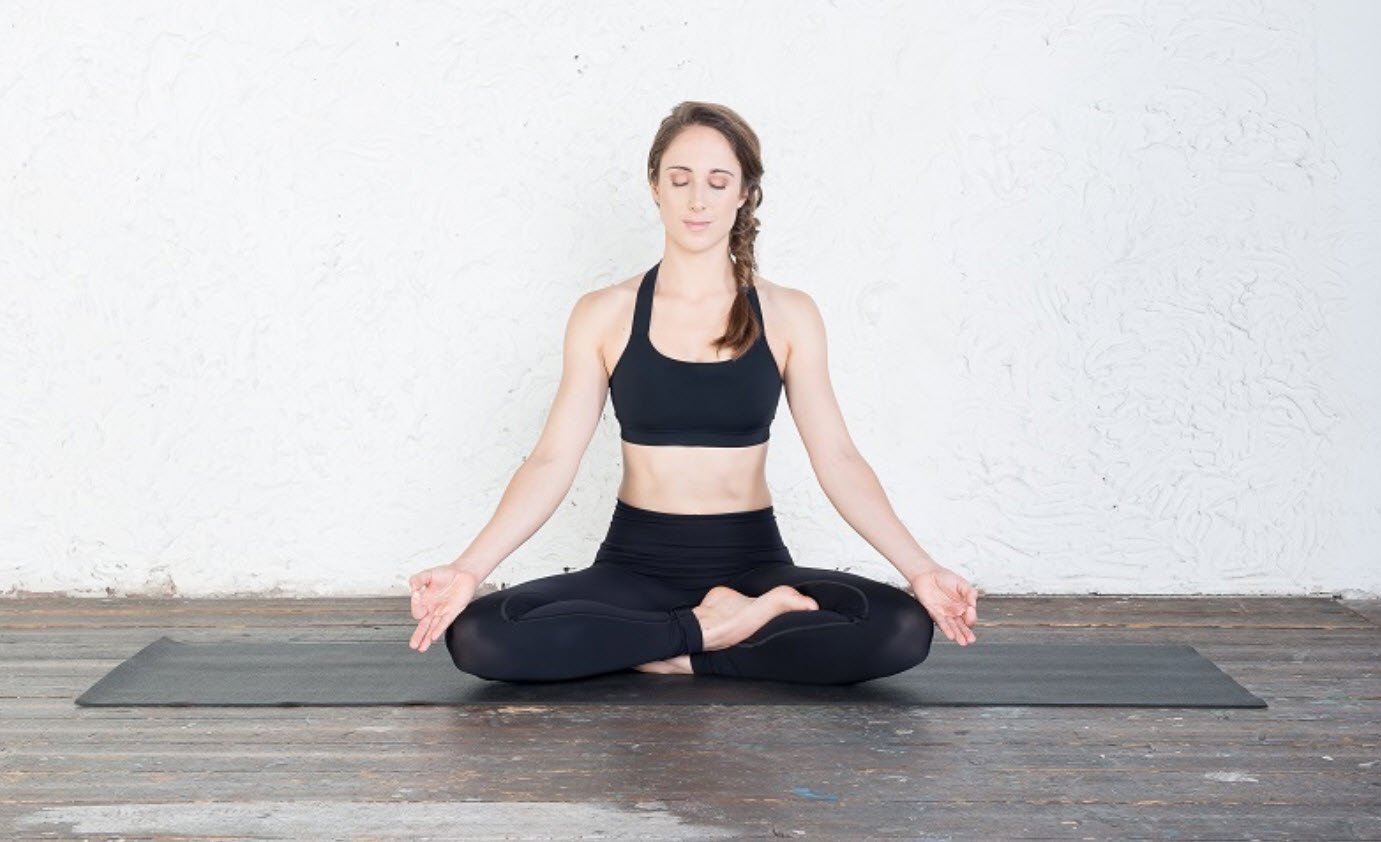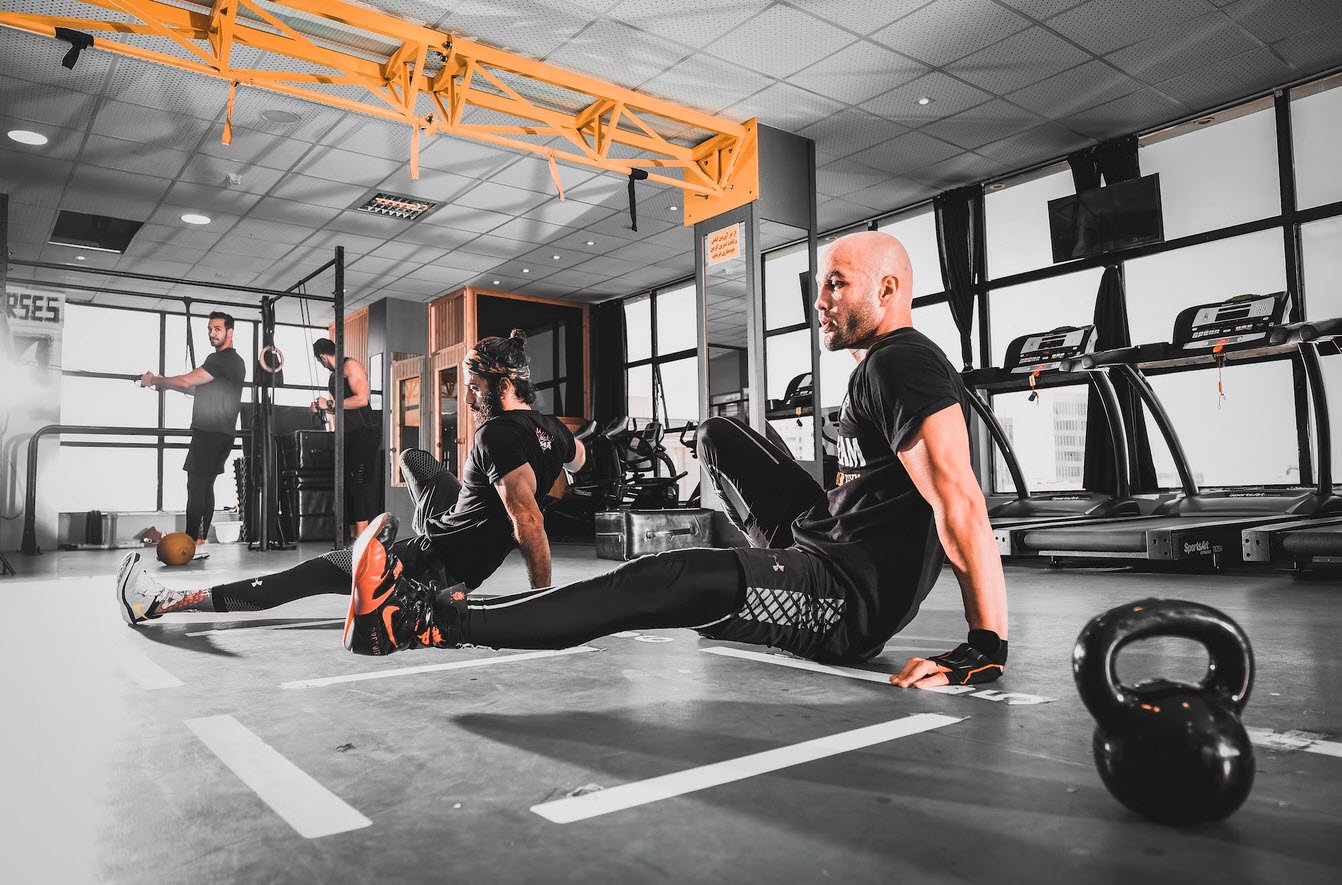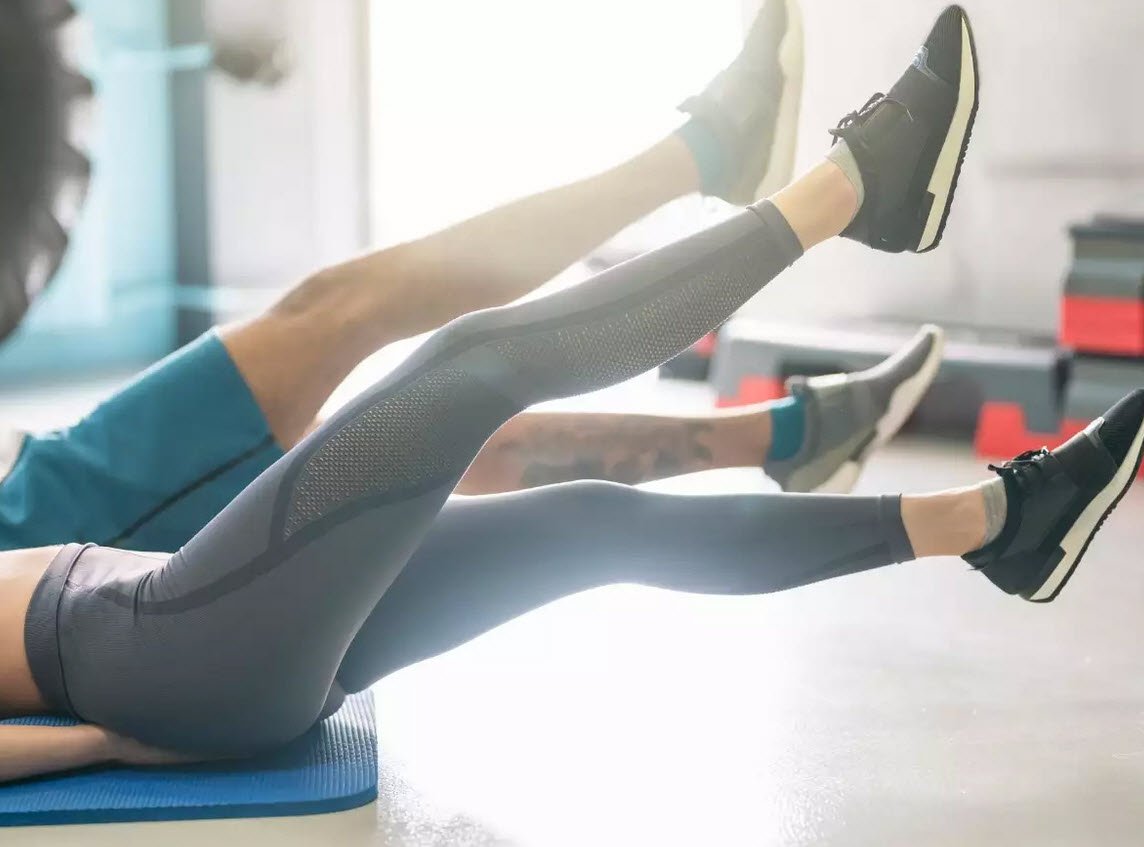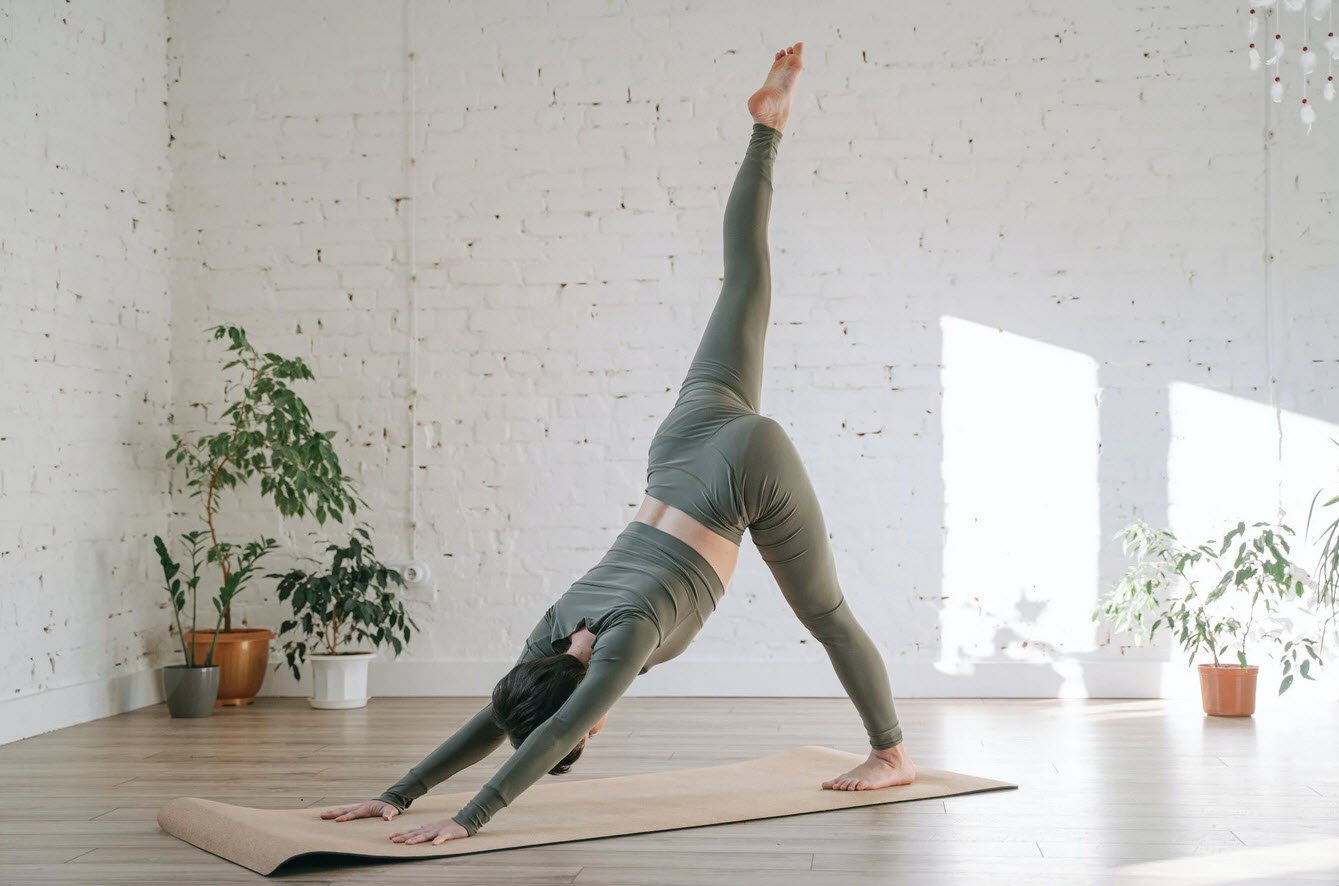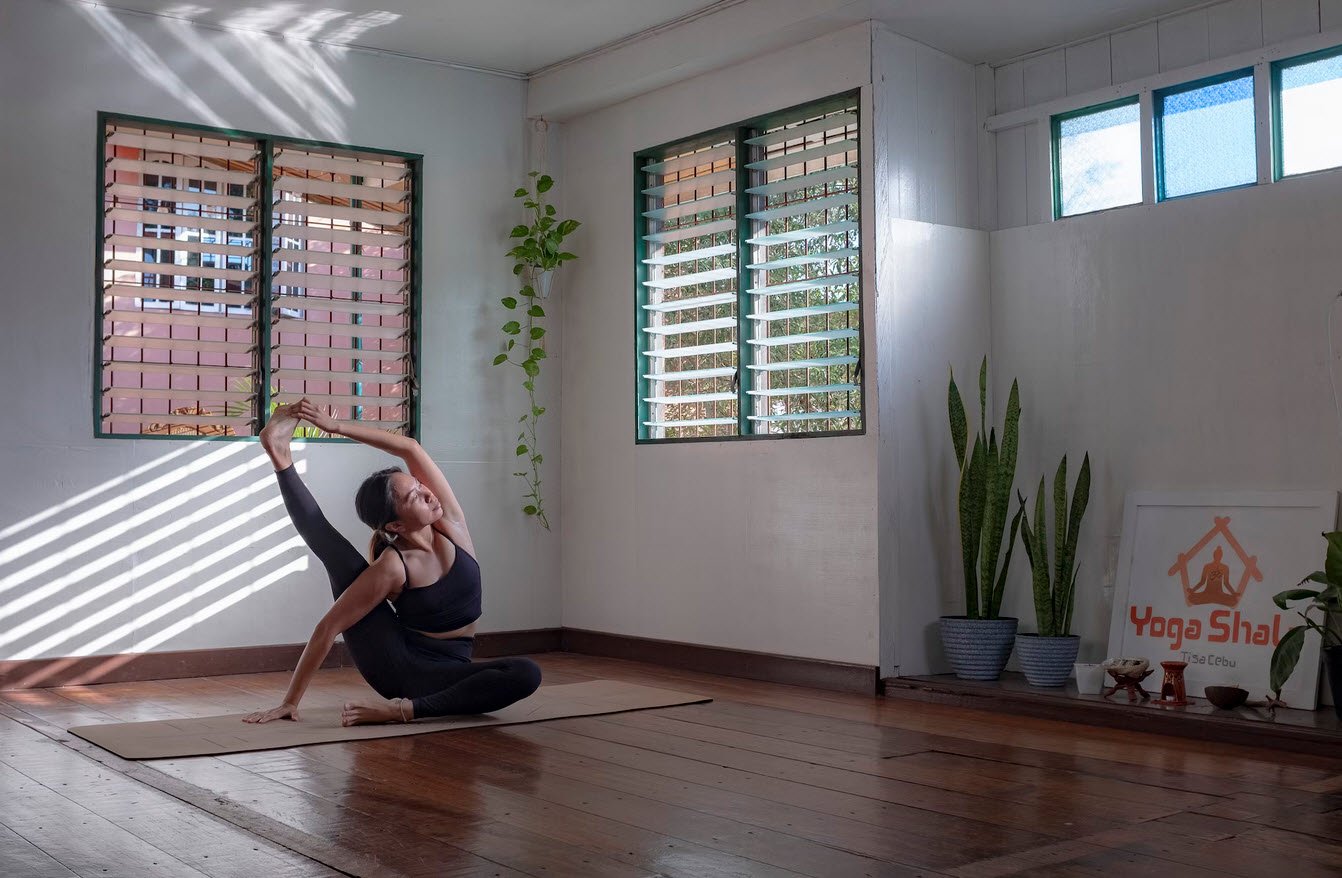
The Seated Twist is a beneficial yoga pose that targets the core, lower back, spine, and external hip rotators. By incorporating this twist into your routine, you can improve core strength, enhance spinal mobility, and develop the muscles necessary for twisting motions in various activities, such as swinging a bat or throwing a ball with a lacrosse stick.
In this guide, we will explore the technique, practical benefits, and useful tips for performing the Seated Twist effectively.
Technique:
1. Starting Position: Begin in a seated position on the floor or a yoga mat, with your legs extended in front of you.
2. Leg Placement: Cross your right leg over the left knee, planting the right foot firmly on the outside of the left leg.
3. Hugging the Knee: Hug your right knee toward your chest, maintaining an upright posture.
4. Extended Leg: Extend your left leg straight in front of you, pressing the back of the left knee into the ground. Reach your toes toward the shin to activate the muscles in the extended leg.
5. Twisting Motion: Slowly initiate the twist to the right, moving in the direction of the bent leg. Place your left hand on the floor behind your back, fingers facing away from your body, for support and stability.
6. Upper Body Alignment: Tuck your chin toward your chest, pull your shoulders down and back, and press the top of your head upward. This alignment helps maintain a straight line in your spine.
7. Hold and Duration: Hold the twist for 20 to 45 seconds, breathing deeply and maintaining a relaxed state.
Tips for Safe and Effective Practice:
- Gradual Twisting: Begin the twist gently and gradually, allowing your body to adjust to the movement. Avoid forcing or jerking into the twist, as this can strain the muscles and potentially lead to injury.
- Core Engagement: Engage your core muscles throughout the twist to support your spine and deepen the pose. Draw your navel toward your spine and maintain abdominal activation.
- Smooth Breath: Focus on maintaining smooth and deep breaths throughout the pose. Inhale to lengthen your spine, and exhale as you deepen the twist.
- Modifications: If you experience difficulty in maintaining balance or depth in the twist, you can place a yoga block or folded blanket under your bent knee for additional support. This modification can help stabilize the posture and make it more accessible.
- Mindful Movement: During the Seated Twist, pay attention to the sensations in your body and practice mindfulness. Be present in the moment, and avoid any excessive strain or discomfort.
- Equal Twisting: As you progress, aim for equal twisting on both sides of the body. This will help maintain balance and symmetry in your practice.
Incorporating the Seated Twist into your fitness routine can help strengthen your core, lower back, spine, and external hip rotators. This pose promotes spinal mobility and prepares your body for twisting movements involved in various sports and activities. Remember to practice with proper alignment, listen to your body’s limitations, and focus on breathing deeply throughout the pose.
With consistent practice, you can enjoy the practical benefits of improved core strength and enhanced spinal stability for twisting motions.
You may also like:- 100 Best Yoga Books – Free Download
- Using Yoga for Weight Loss – Balancing Body and Mind
- Kapalabhati – A Breathing Exercise for Holistic Well-being
- 7 Killer Ways to Maximize Fat Burning in the Gym
- Improving Blood Circulation in Your Legs – Simple Exercises for Better Leg Health
- Long-Term Effects of Exercise on the Muscular System
- Top 8 Guidelines for the Practice of Asanas
- Top 4 Physiological Benefits of Asanas
- The 5 Benefits of Yoga You Need To Know
- How To Do Eagle Arms Yoga – Tips and Techniques

